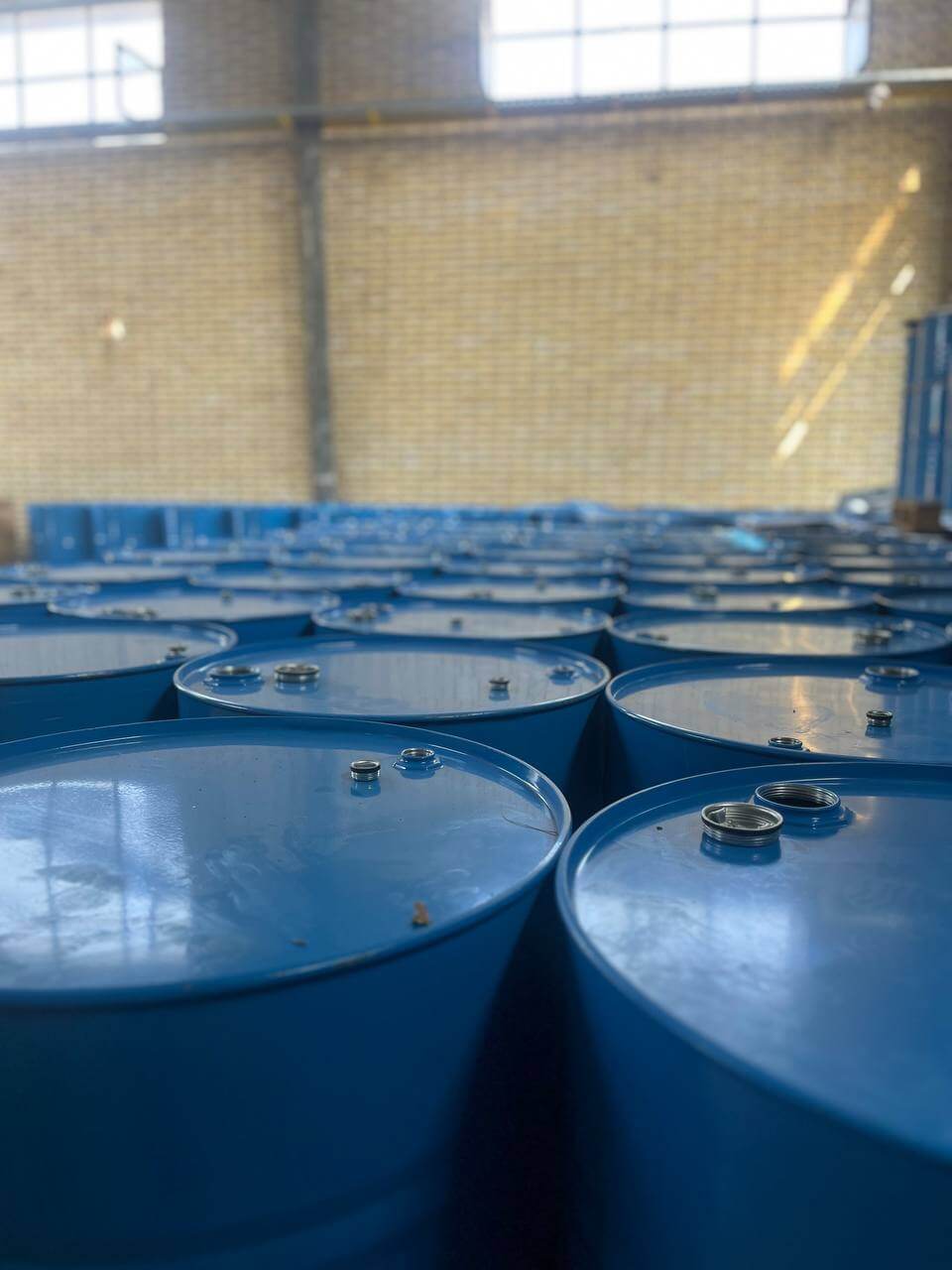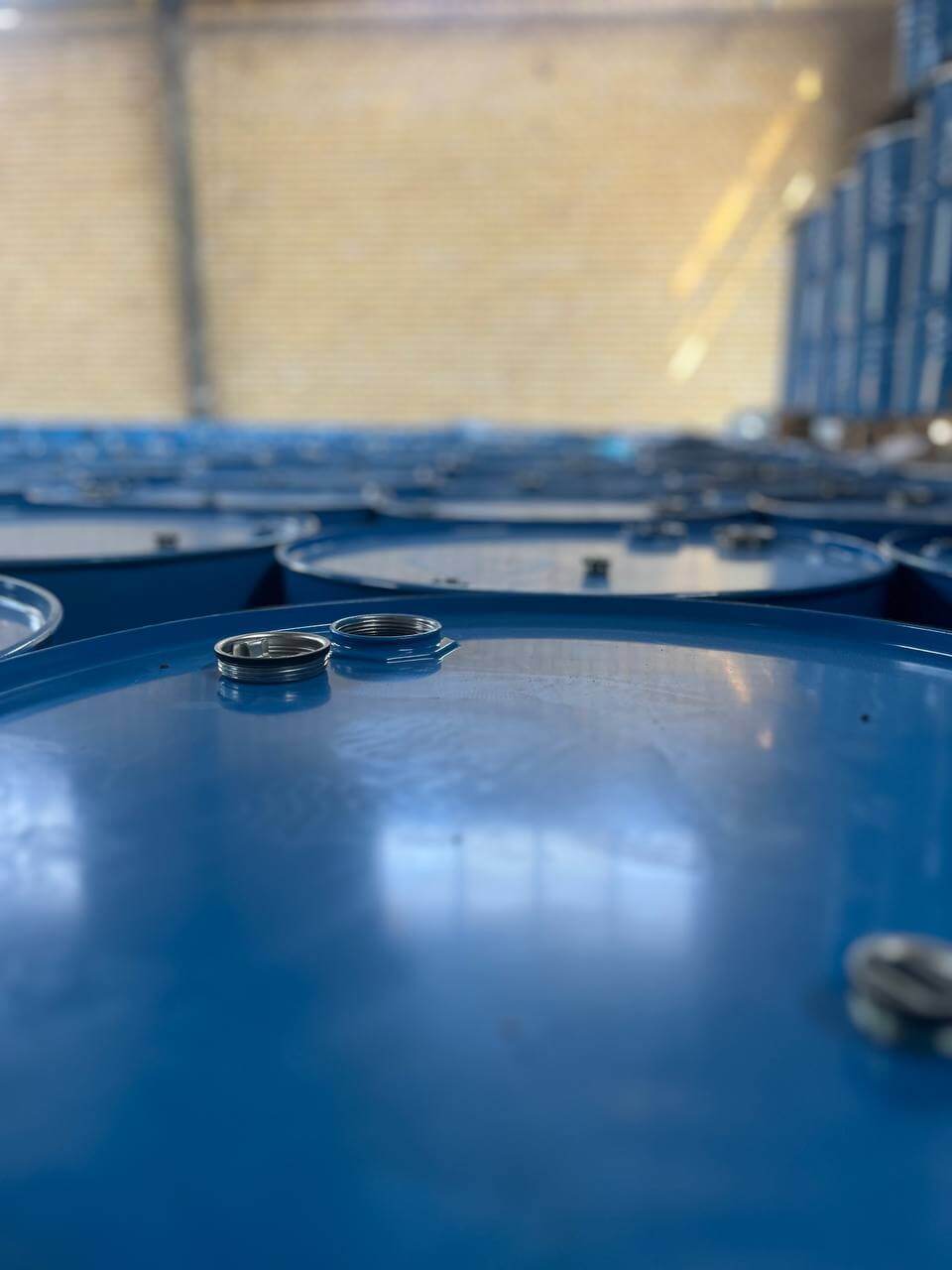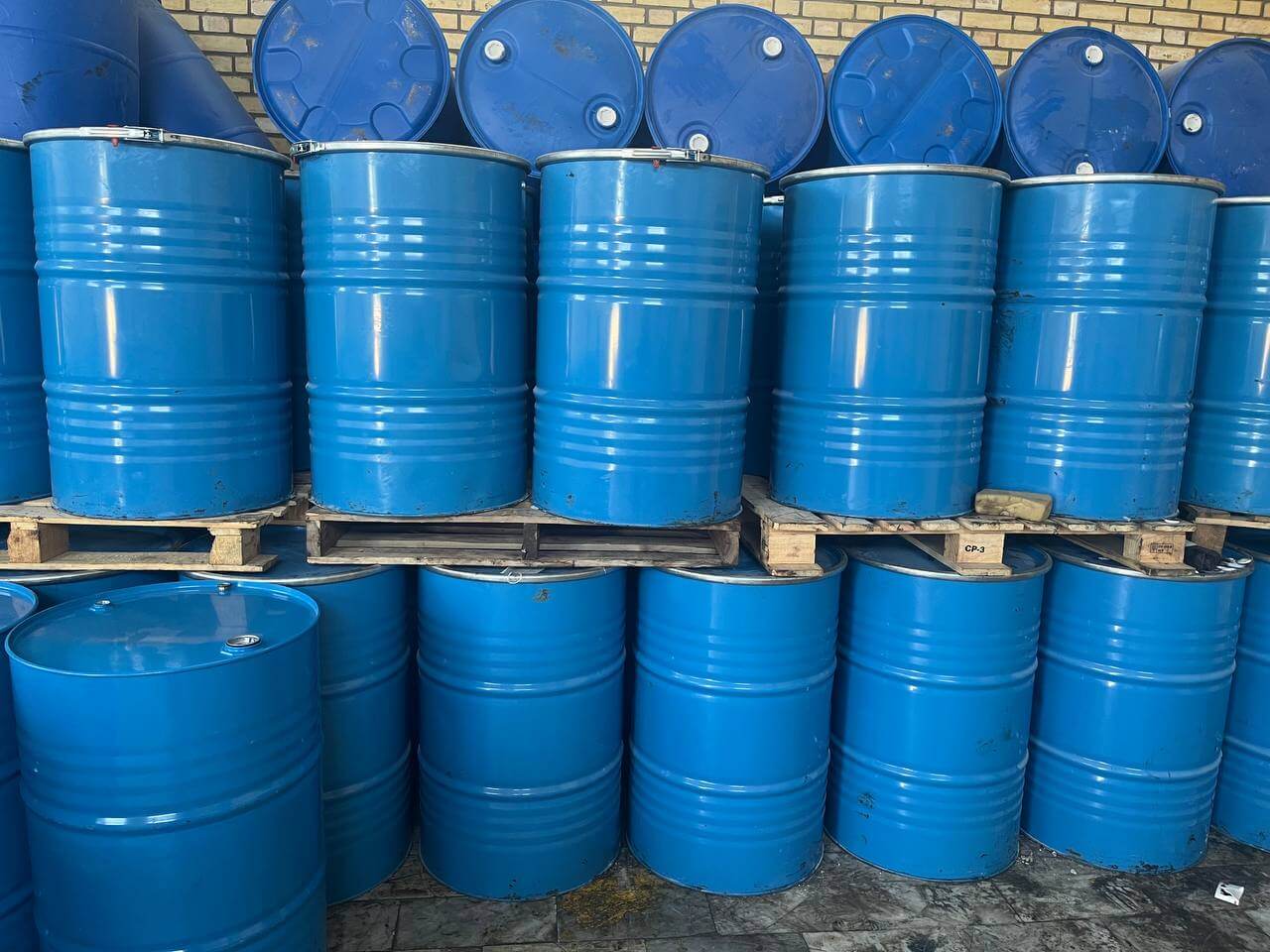Foots Oil (Residue Wax): A Valuable Byproduct for Various Industries
In various industries, Foots Oil, also known as Residue Wax, is considered a valuable byproduct in the refining process of petroleum. Due to its oil-rich and wax-like composition, as well as its economic pricing, it has found extensive applications in rubber, fabric, leather, and lubricant production industries. Raha Shimi, equipped with advanced laboratory facilities and rigorous quality control, offers various grades of Foots Oil. In this article, we provide a comprehensive technical guide to purchasing Foots Oil.
Key Features of Foots Oil
- Oil Content: Between 30% to 60%, which enhances flexibility and lubrication properties.
- Melting Point: Ranging from 40°C to 70°C, suitable for diverse industrial applications.
- Thermal and Oxidative Stability: Resistance to temperature variations and reactions with oxygen.
- Varied Grades: From Light to Heavy to meet the specific needs of various industries.
Economic and Practical Importance of Purchasing Foots Oil
- Cost Efficiency: As an affordable alternative to pure waxes, it reduces the overall production costs.
- Versatile Usage: By adjusting the grade and properties, it can be utilized in lubricants, coatings, cosmetic formulations, and molding operations.
- Accessibility and Support: Raha Shimi ensures consistent supply and provides detailed quality reports (CoA) with each shipment.
Steps for Selecting and Purchasing Foots Oil
-
Analyze Project Requirements:
Determine the required oil content and select the suitable grade based on your industrial process. -
Grade Selection:
- Light: Ideal for cosmetic products and surface waxes.
- Medium/Heavy: Suitable for heavy industries such as tire and rubber manufacturing.
-
Quality Parameter Assessment:
Check moisture levels, impurities, and flash point. Request a Certificate of Analysis (CoA) from Raha Shimi. -
Packaging and Transportation Details:
- Supplied in 220 kg drums or ISO tanks.
- Adjust transportation, insurance, and storage conditions.
-
Compare Pricing and Delivery:
- Pricing based on volume and delivery terms (CIF/FOB).
- Evaluate delivery times and after-sales support.
Strengths and Limitations
Strengths:
- Competitive Pricing: Being a byproduct, it offers cost advantages.
- Multi-Purpose Properties: Suitable for both industrial and consumer applications.
- Technical Support: Laboratory testing and expert consultations by Raha Shimi.
Limitations:
- Dark Color: For applications requiring lighter-colored wax, additional processing may be needed.
- Limited Chemical Resistance: In specialized applications, refined waxes might be more suitable.
Conclusion
Ultimately, purchasing Foots Oil from Raha Shimi provides an excellent option for enhancing your production processes, thanks to its diverse grades, guaranteed quality, and expert technical consultation. By identifying your specific needs and leveraging the expertise of our specialists, you can improve the cleaning, lubrication, and overall performance of your final product.







